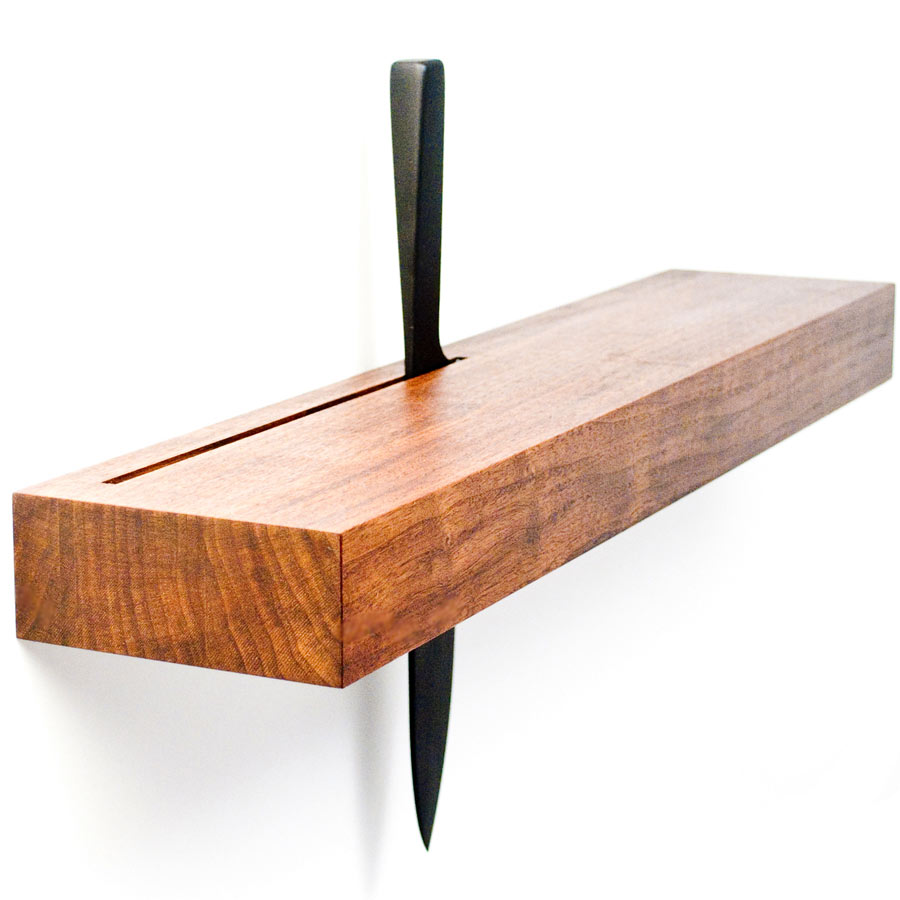Jamie Leilani Pelayo’s Stories + Objects
A destination for truly unique luxury items and the tales of their artisanal origin


As the worlds of lifestyle editorial and online retail grow closer and closer, consumers have come to expect a good story with their purchase. Marketing speak and focus group-approved narratives are so prevalent that authenticity is frequently buried—or non-existent. Antithetical to this, Jamie Leilani Pelayo understands the value of truth, a compelling story and wanderlust. In living for these components, Pelayo has built Stories + Objects, a platform selling limited edition products that she herself has selected (and sometimes developed) while traveling the world. Video, imagery and text accompany each item, oftentimes touching upon the lengths that Pelayo underwent in securing or encouraging the creation of the pieces. And it’s rounded out with travel notes for those who wish to know more about the land and people encompassing it all.

Stories + Objects soft-launched a year ago. One experience led to its manifestation: sea salt harvesting in France. “That story, for whatever reason, was the impetus for me to leave my full-time career,” Pelayo explains to CH. “I had been thinking about Île de Ré for about 10 years. I loved the beauty of it, sure, but it was also this community seeking out this existence and producing an incredible product. They were working in conjunction with the ocean and the environment. While there, I discovered there are a younger group of individuals who have fallen in love with the process and have tried to revive it and make it relevant.” As Pelayo was financing the trip herself, she realized that in order to make this successful, she’d need to accrue a few products per trip and began exploring regionally, acquiring espadrilles in Basque Country and leather bags in Morocco.
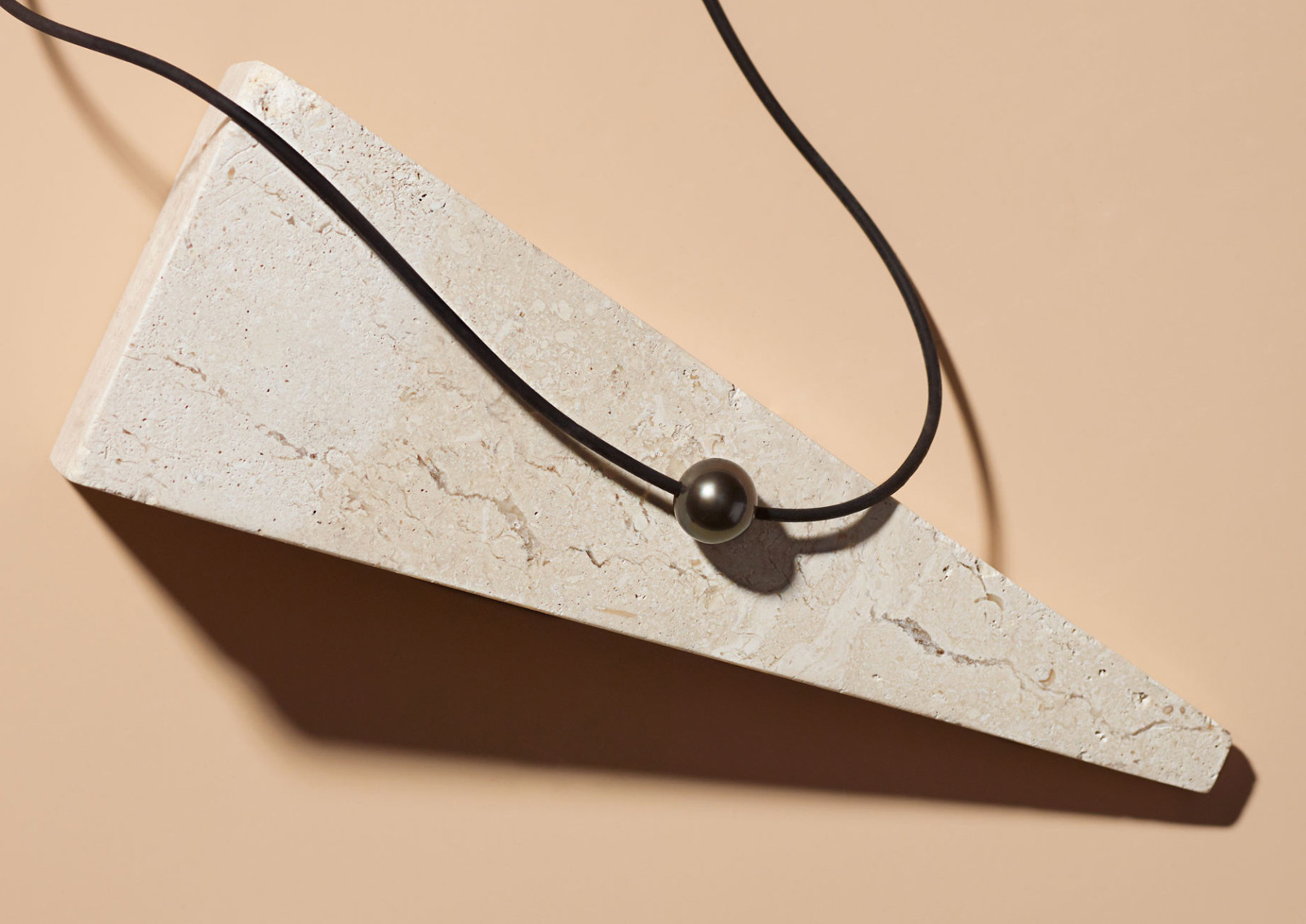
“It was a 10-year journey fro the time I really wanted to start doing this to time I could,” she continues. “As branded content and online video became more popular, I was able to make a career out of that. I transitioned from a full-time in-house job in the beauty sector. I had done video at Sephora and then at a beauty start-up in LA.” Pelayo still does freelance work in addition to scouring the globe for products for Stories + Objects, but it’s been a smooth transition. It also means she only selects destinations and items when they are most important to her. “I have to be very cautious on how I spend and select and curate stories,” she says.

As for where the next story—and product—comes from, Pelayo references her professional past. “Working in the publishing and luxury industries, I have files and files of clippings from magazines and newspapers over the years. I’m old fashioned in this way,” she says before noting awareness has been key as well. “I’ve witnessed certain trends come to life—this was applied when I created my rose oil and rose water stories.” Pelayo observed that rose as a scent has become prominent in the last few years (a statement we can also attest to). “I wanted the best quality,” she explains. “It led me to get really excited to tell a story that’s so beautiful, that comes from a place so universally misunderstood.” For her rose water and story, Pelayo ventured to Kashan, Iran. She documented a process of surreal natural beauty—beyond sensory stimulation. “I am truly led by curiosity for a place,” she says. When running through her dozen items on offer, one realizes that this method has been quite successful.

As stories mature, Pelayo wants them appeal to all genders. “Espadrilles are a great example of that,” she says. “They’ve become a normal shoe to wear every spring. I recall it was in Vogue last summer but with no correlation to the Basque culture, which is so important to its history.” Pelayo visited a small town where espadrille producers can make a living producing the shoe. This is rare these days. “Most production is now in China. Craftsman are dwindling,” she observes. Still, she was able to produce an authentic product. Remarkably, the same can be said for her cultivated pearls. “It’s also a trade that men are so involved in,” she explains. “They are out doing the handwork.—the cultivation. Women construct the jewelry.”
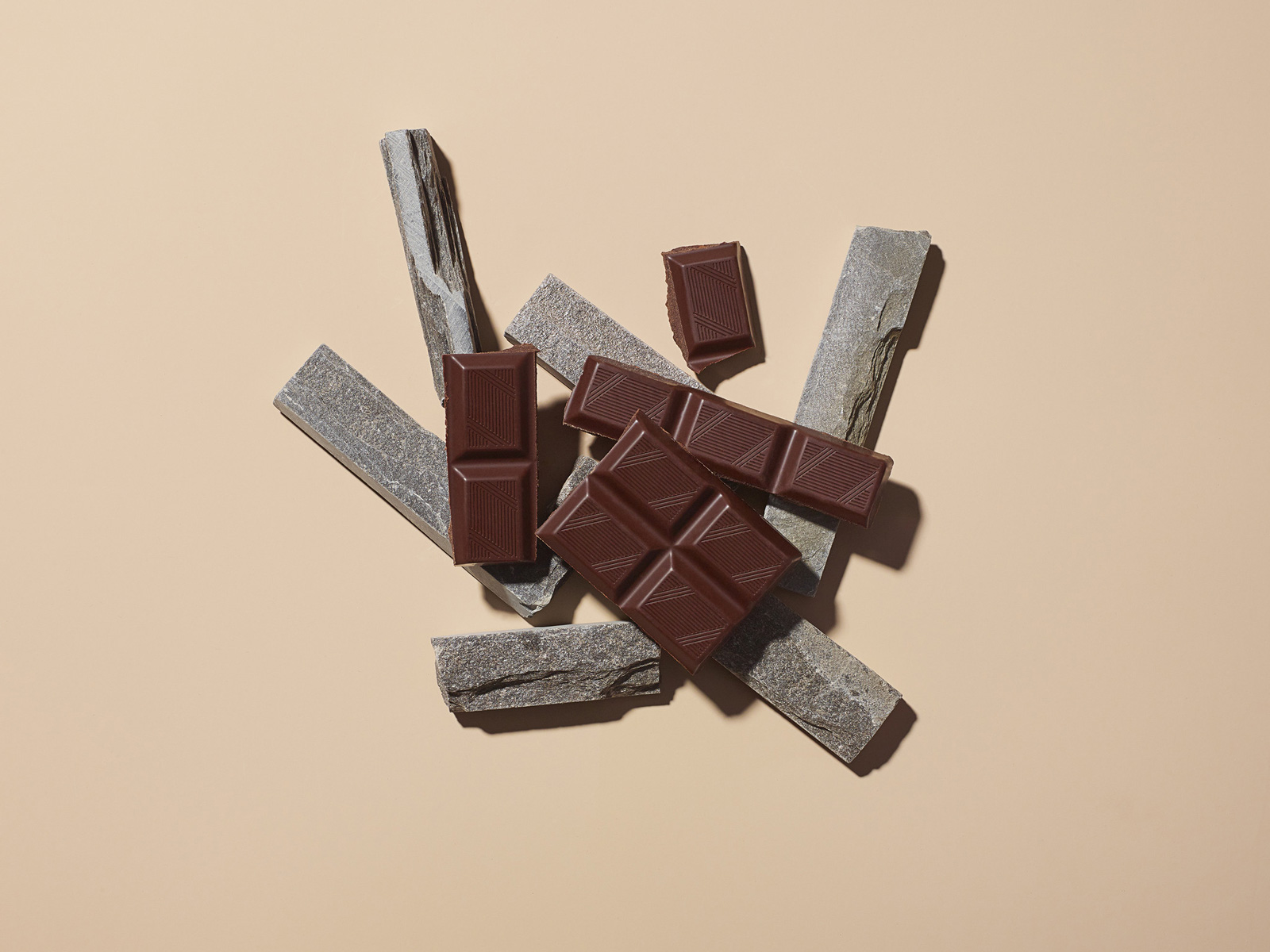
Perhaps our favorite story of all thus far happens to be of Pelayo’s chocolate. “A lot of premium and artisan chocolate bars have been coming out over the years,” she begins. “I’m a huge fan of ethically sourced fashion and goods, but most of those brands put their own name and label on something and ignore the heritage behind the producer. Here, we put the name of cooperative.” Further, in her research, Pelayo learned just how important chocolate was in Central America, especially to Mayan tradition and folklore. She partnered with Mathieu Brees, a chocolatier from Belgium who had relocated to Mexico 12 years ago to immerse himself in the study of chocolate history. He created the only modern cacao plantation in the Yucatan that employs traditional methods.
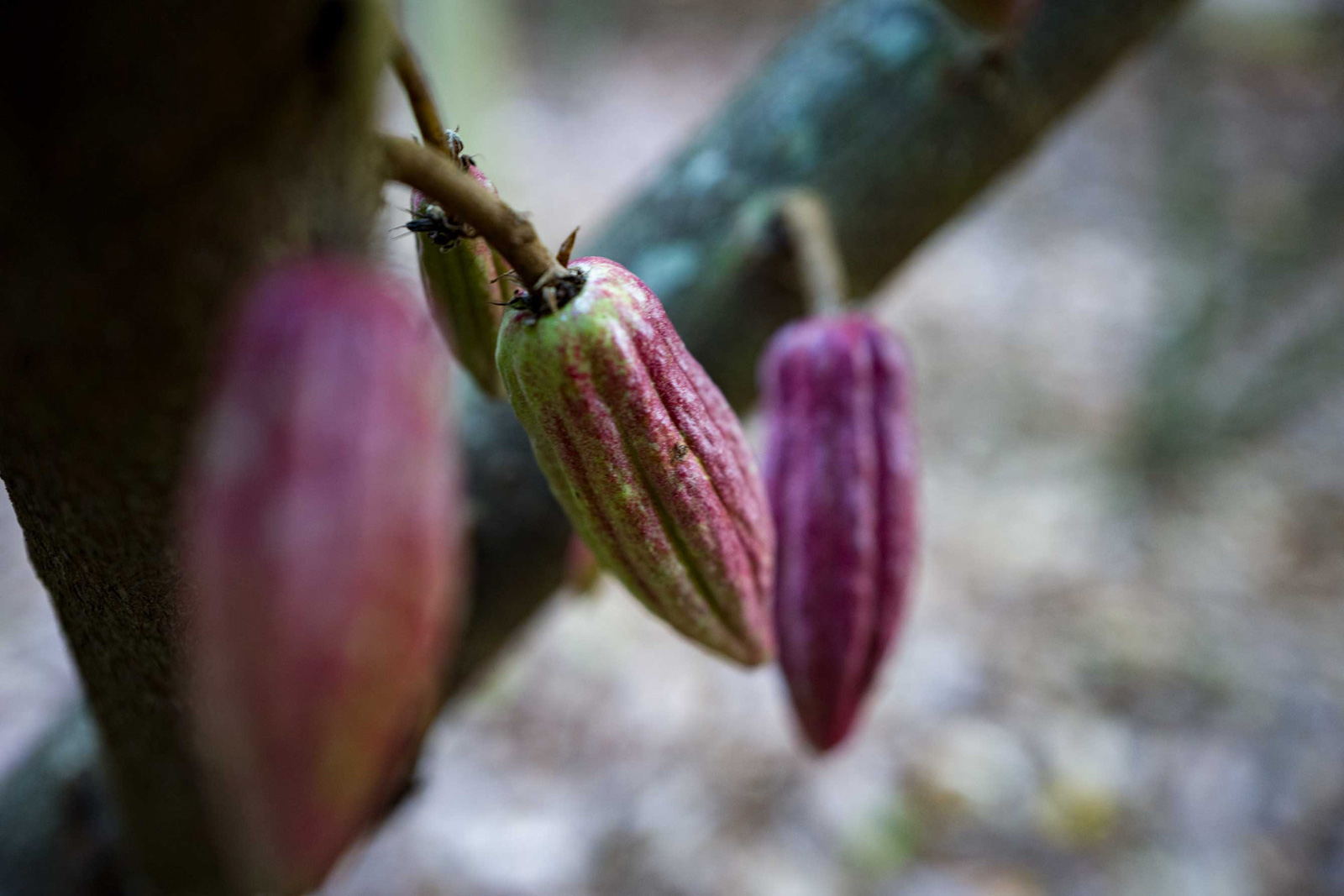
Together, they sourced the rarest form of cacao—organic Criollo Cacao—which is found in five percent of chocolate production around the world. Naturally, it does not have a bitter taste, defying expectation. “We wanted to take it a step further and honor that landscape with the design of the chocolate bar. We used ingredients just indigenous to region: vanilla and Melipona honey, harvested from stingless bee native to the Yucatan. It’s light and wonderful honey but because of the temperature and consistency, it is nearly impossible to put any honey, in that form, in a chocolate bar,” she says. They worked with a local university to turn the honey into powder and include it in the bar as a sweetener. There’s really nothing else quite like it.
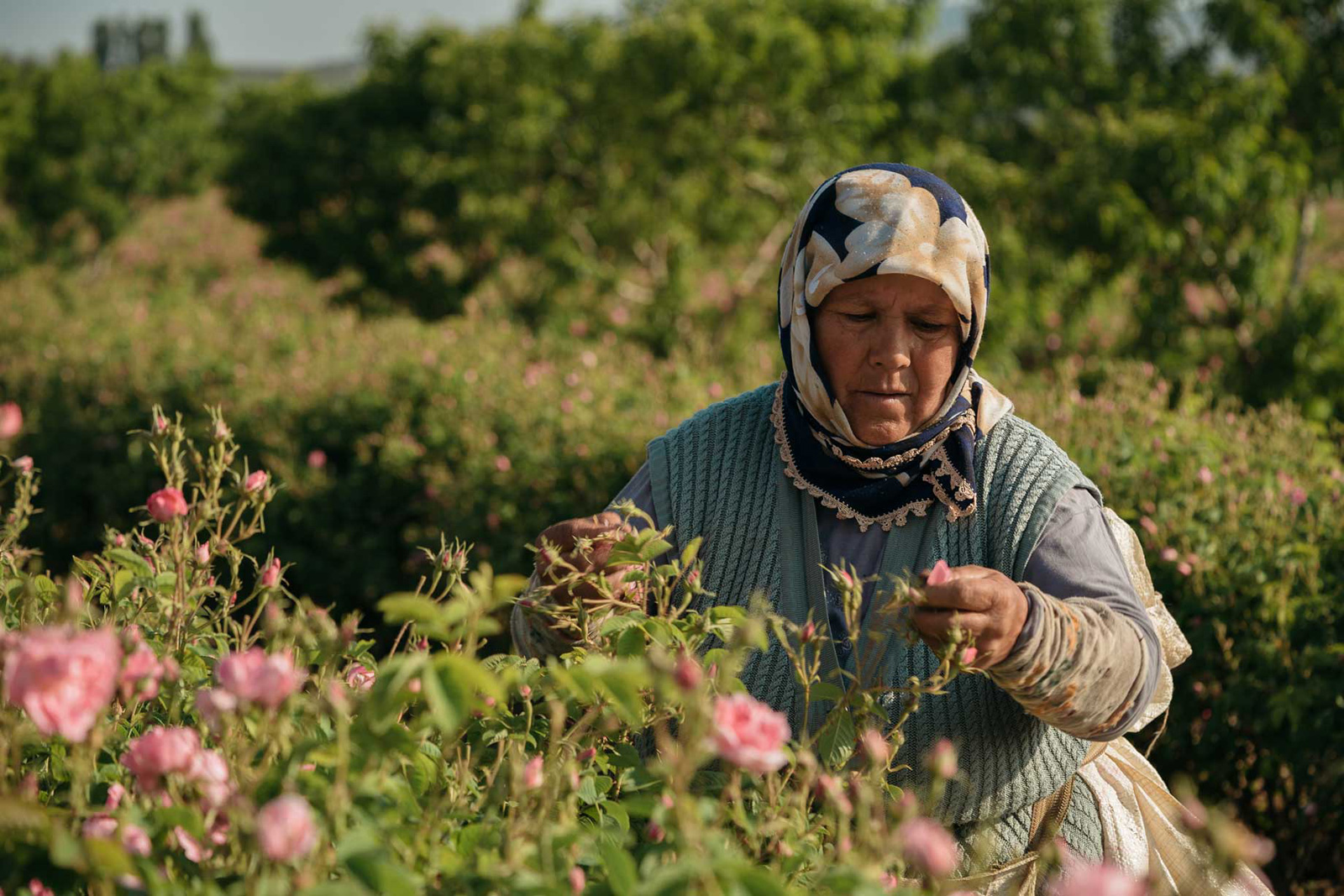
“I want to bring the best quality of everything,” she continues. “I want the people I am collaborating with to feel confident and allow their product to shine. It’s an opportunity to give them a first-hand account to share with the world.” This makes the videos of great importance. “Yes, it’s my background,” Pelayo says, “but maybe it allows me to inspire other people to travel there, to discover these cultures and these people.” Even if one never leaves their desk, Pelayo and her site provide a portal to far flung destinations and ancient crafts. They demonstrate a good understanding of the world and the power of making things by hand. And, these items will not be found anywhere else.
Images courtesy of Stories + Objects

